A Gio Ponti design created for a New York icon has a happy landing at Salone del Mobile
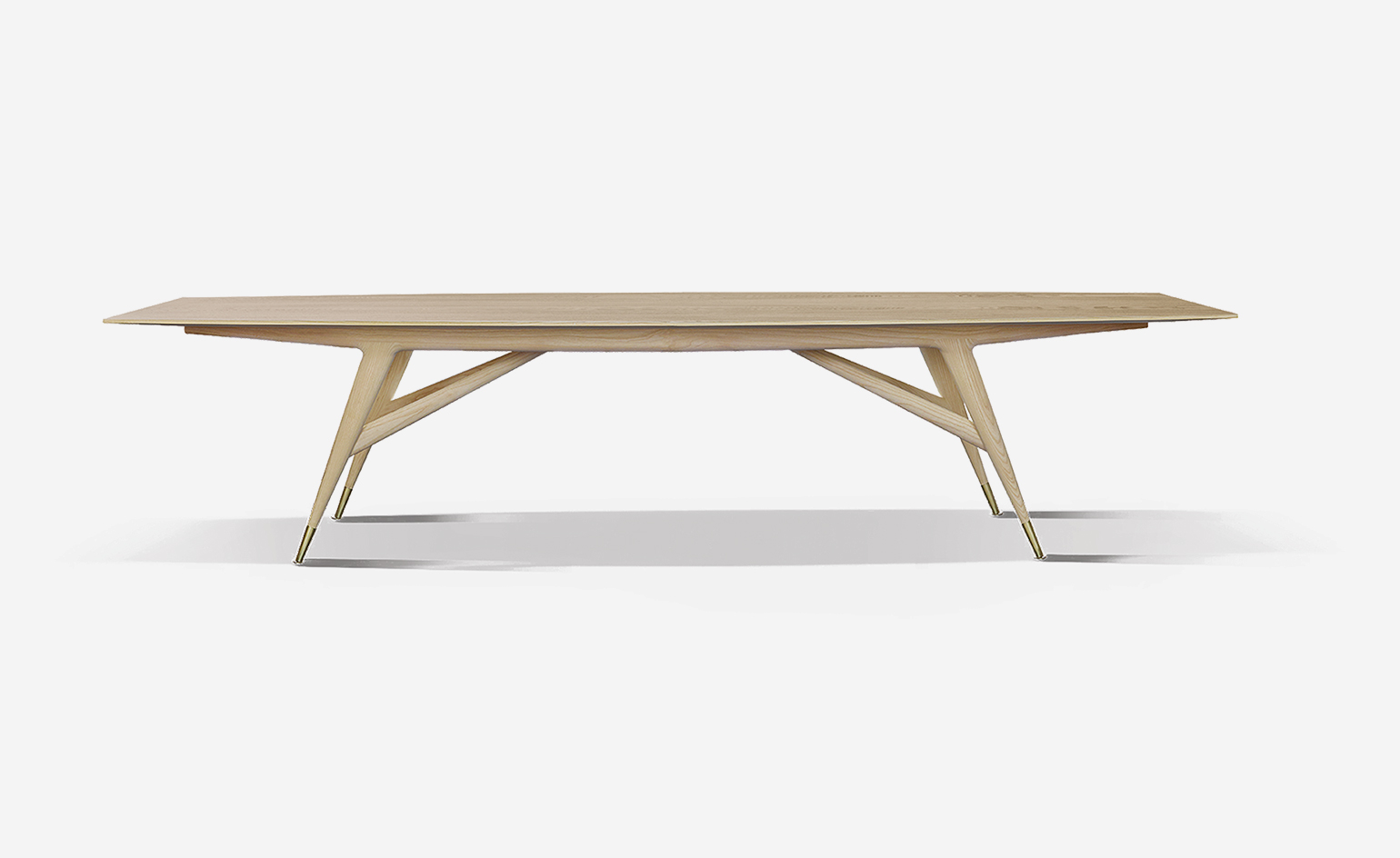
Gio Ponti’s ‘D.859.1’ table was originally designed to sit atop a Manhattan skyscraper. It was the centerpiece of the Milanese master’s most extensive project in New York: an auditorium perched on the eighth-floor terrace of Harrison & Abramovitz’s Time & Life Building. When it first opened its doors in 1959, Ponti’s auditorium was the ultimate gathering place for the sharply suited businessman. Indeed, it was intended to woo advertisers and facilitate high-powered business meetings for Henry Luce’s Time Inc, then at the apex of a mighty media industry. Hoping to beef up his profile in the Big Apple, Ponti had rained down on that little space all the lustre of Italian luxury he could muster.
A 1960 issue of Architectural Forum describes the chapel-like space as bordering on the Baroque, its floors ‘a grand lava flow of marbleised sheet rubber in yellow with streaks of green, and dark blue’. Its walls were ‘punched with luminous-colored glass block’, and its furniture ‘neo-art-nouveau, [with] as many joints as a praying mantis’. The table, at 3.6m, was long enough to comfortably fit ten people. Originally made of solid ash, with curving splayed legs like flying buttresses, it held an impressive tabletop tapered at either end that felt years ahead of its time.
The Time & Life auditorium was met initially with breathless regard, but gradually fell out of favour. As time went on and styles evolved, the space was locked up. It was unceremoniously gutted in 1981 and its pieces sold off at international auctions. Happily, 60 years later, a piece of this crown jewel has been revived for a wider audience.

A sketch of the auditorium. Archive image: courtesy of Gio Ponti Archives
Launching at Salone del Mobile, the ‘D.859.1’ table is the latest project to emerge from Italian furniture giant Molteni & C’s ten-year exclusive licence with the Gio Ponti Archives. The collaboration began in 2010 during a visit by Carlo Molteni, the company’s president, to the studio of photographer Paolo Rosselli, Ponti’s grandson. A bookcase caught the furniture magnate’s eye. ‘He was immediately drawn to it,’ says Francesca Molteni, Carlo’s daughter and the company’s director of special projects. ‘He didn’t immediately know it was by Ponti, but he knew there was something special about it. It turned out to be a piece that had never been widely produced.’
The bookcase in question was the ‘D.357.1’, designed for Ponti’s family home on Milan’s via Dezza. Like much of Ponti’s furniture, it was a one-off piece created only for that particular space. Astounded that a major design by one of the greatest midcentury architects could live hidden for years, Carlo hatched a plan to let Ponti’s forgotten gems see the light of day.
‘We did a lot of research with the Gio Ponti Archives,’ says Francesca. ‘We found pieces that hadn’t been produced industrially, or had just been produced for one-off projects.’ Following the green light from Ponti’s heirs, Molteni & C got to work recreating and preserving the designer’s lesser-known works. ‘We need to sustain the strong legacy of Italian masters,’ explains Francesca.
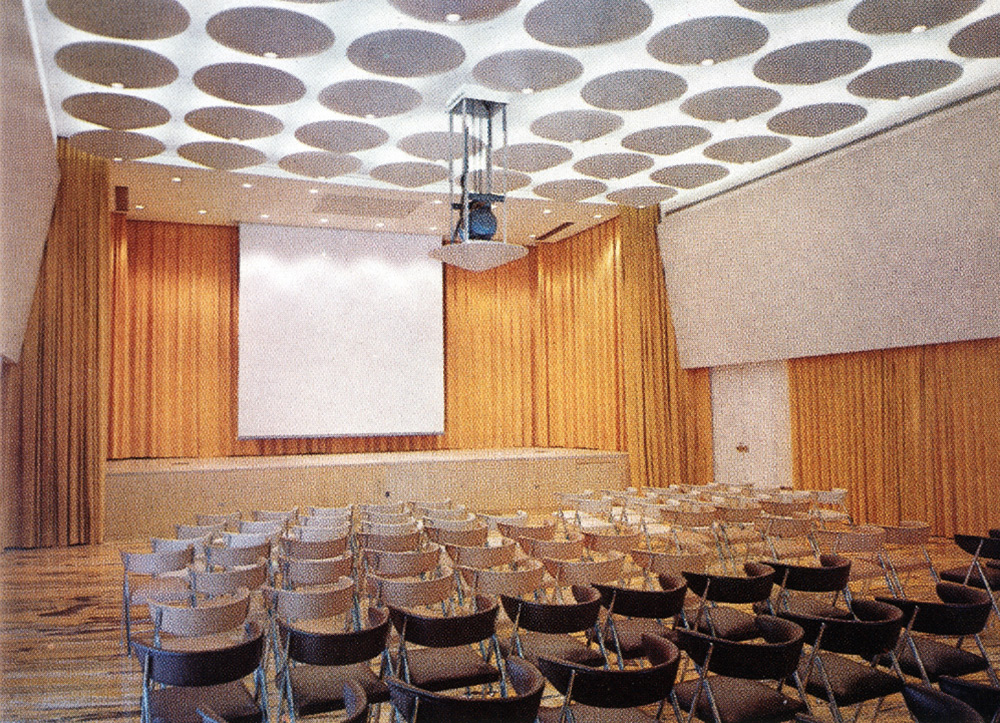
An archive photograph of the meeting space. Archive image: courtesy of Gio Ponti Archives
Salvatore Licitra, another of Ponti’s grandsons, oversees the archive and works with Francesca to decide which pieces will go into production. Having already released pieces including an armchair from the Ponti-designed Villa Planchart in Caracas and a side table from Ponti’s via Dezza home, both parties agreed it was time to add a showstopper table. The ‘D.859.1’ table hadn’t had much of a life beyond the Time & Life building. Molteni & C had to rely on the vast trove of technical drawings in Ponti’s archive to recreate it.
Receive our daily digest of inspiration, escapism and design stories from around the world direct to your inbox.
‘Ponti invented furniture like this because he would have liked to have made it widely available,’ says Licitra, ‘but the industry wasn’t sophisticated enough to produce such pieces.’ The Architectural Forum review describes the curves of Ponti’s furniture as ‘beyond the capacity of American mechanical civilization’. Though he often worked with American company Singer, more complicated designs, including the ‘D.859.1’ table, were made by artisans in Italy. Now, with the advent of machines capable of shaping wood into Ponti’s fluid lines, Molteni & C is able to produce the table on a larger scale. ‘He was always ahead of his time’, says Licitra.
As originally featured in the May 2018 issue of Wallpaper* (W*230)
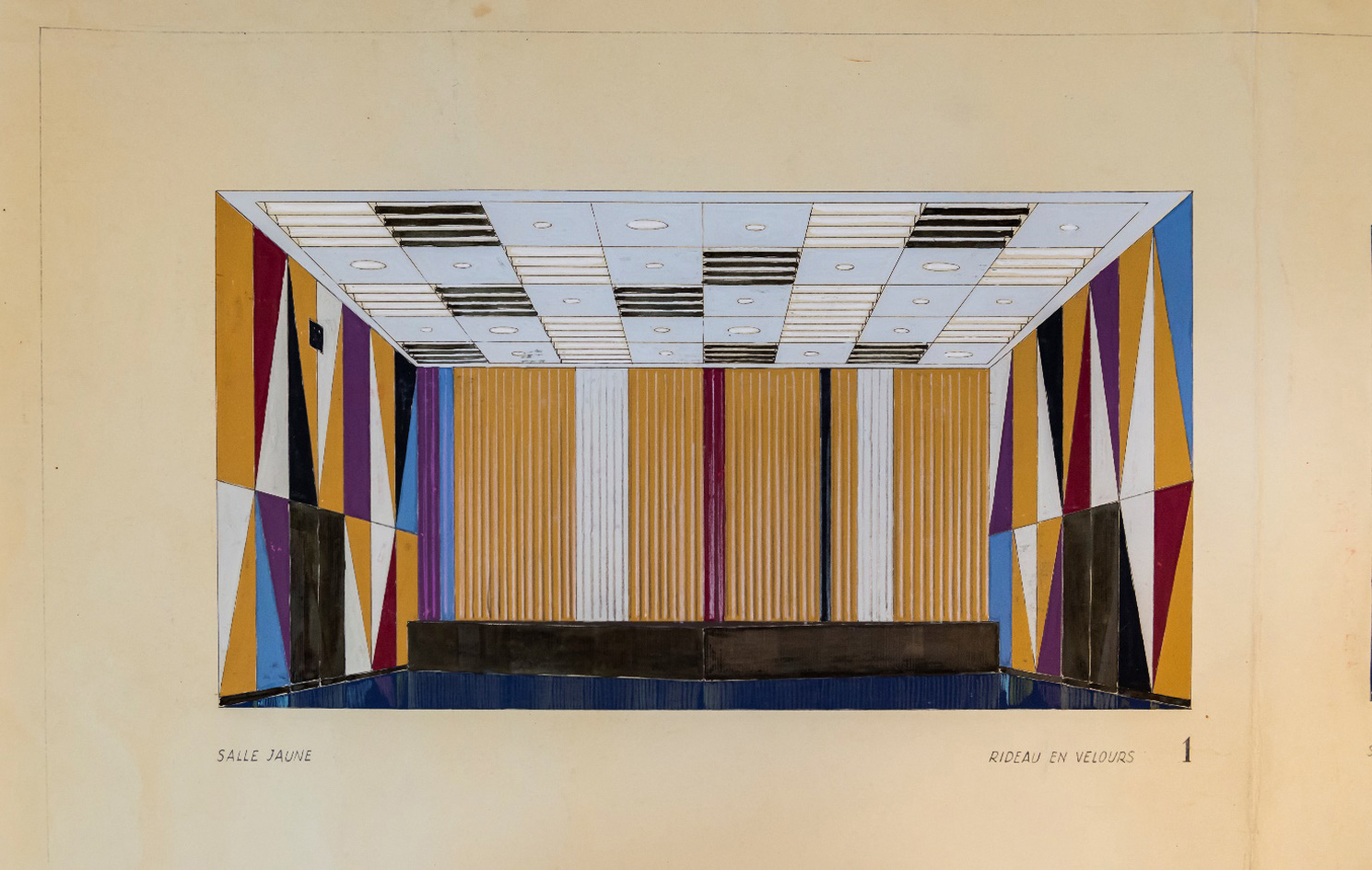
A sketch of the Time & Life Building’s auditorium. Archive image: courtesy of Gio Ponti Archives
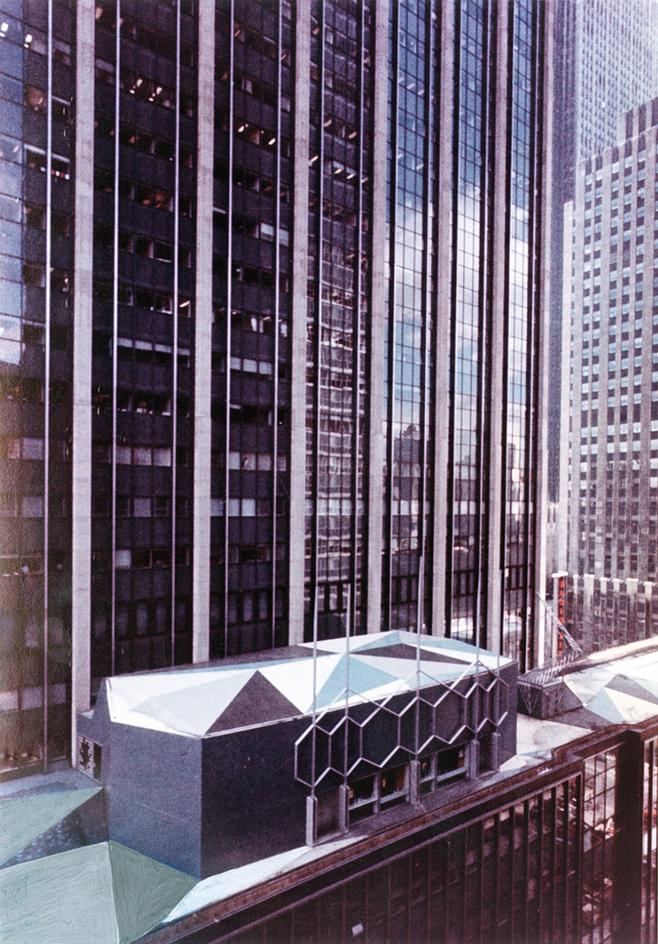
The 1959 auditorium on the terrace of the Time & Life Building. Archive image: courtesy of Gio Ponti Archives
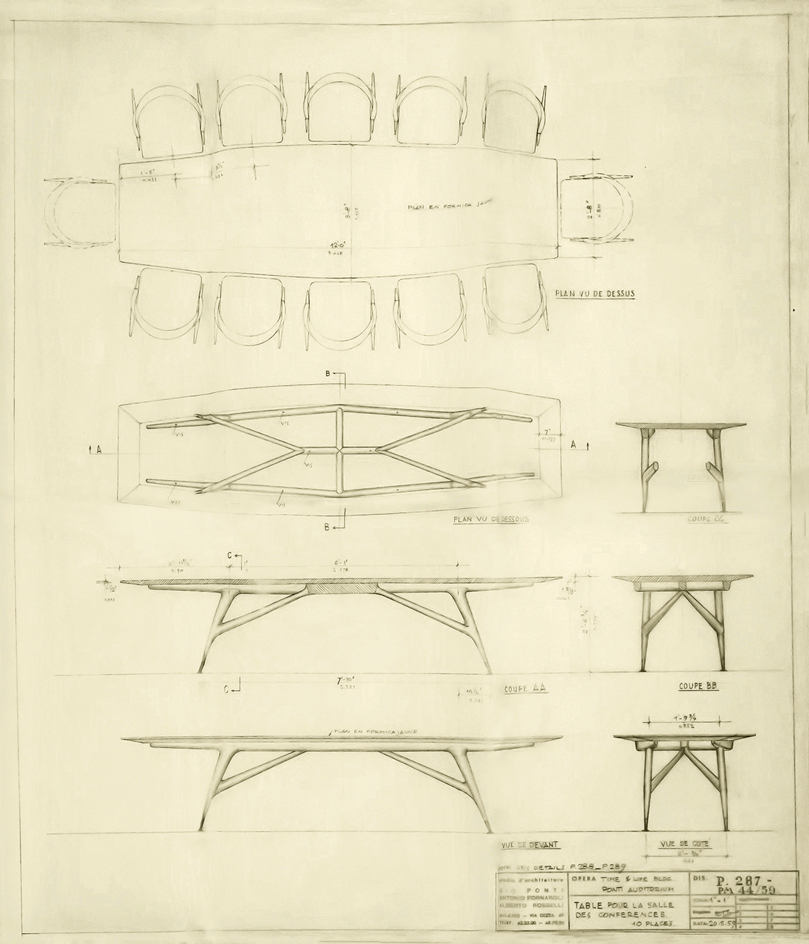
One of Ponti’s original drawings for the table. Archive image: courtesy of Gio Ponti Archives
INFORMATION
The ‘D.859.1’ table is at the Molteni & C booth from 17 – 22 April at Salone del Mobile. For more information, visit the Molteni & C website
ADDRESS
Hall 20, Rho Fiera
Strada Statale Sempion, 28
20017
Milan
Laura May Todd, Wallpaper's Milan Editor, based in the city, is a Canadian-born journalist covering design, architecture and style. She regularly contributes to a range of international publications, including T: The New York Times Style Magazine, Architectural Digest, Elle Decor, Azure and Sight Unseen, and is about to publish a book on Italian interiors.
-
 The Bombardier Global 8000 flies faster and higher to make the most of your time in the air
The Bombardier Global 8000 flies faster and higher to make the most of your time in the airA wellness machine with wings: Bombardier’s new Global 8000 isn’t quite a spa in the sky, but the Canadian manufacturer reckons its flagship business jet will give your health a boost
-
 A former fisherman’s cottage in Brittany is transformed by a new timber extension
A former fisherman’s cottage in Brittany is transformed by a new timber extensionParis-based architects A-platz have woven new elements into the stone fabric of this traditional Breton cottage
-
 New York's members-only boom shows no sign of stopping – and it's about to get even more niche
New York's members-only boom shows no sign of stopping – and it's about to get even more nicheFrom bathing clubs to listening bars, gatekeeping is back in a big way. Here's what's driving the wave of exclusivity
-
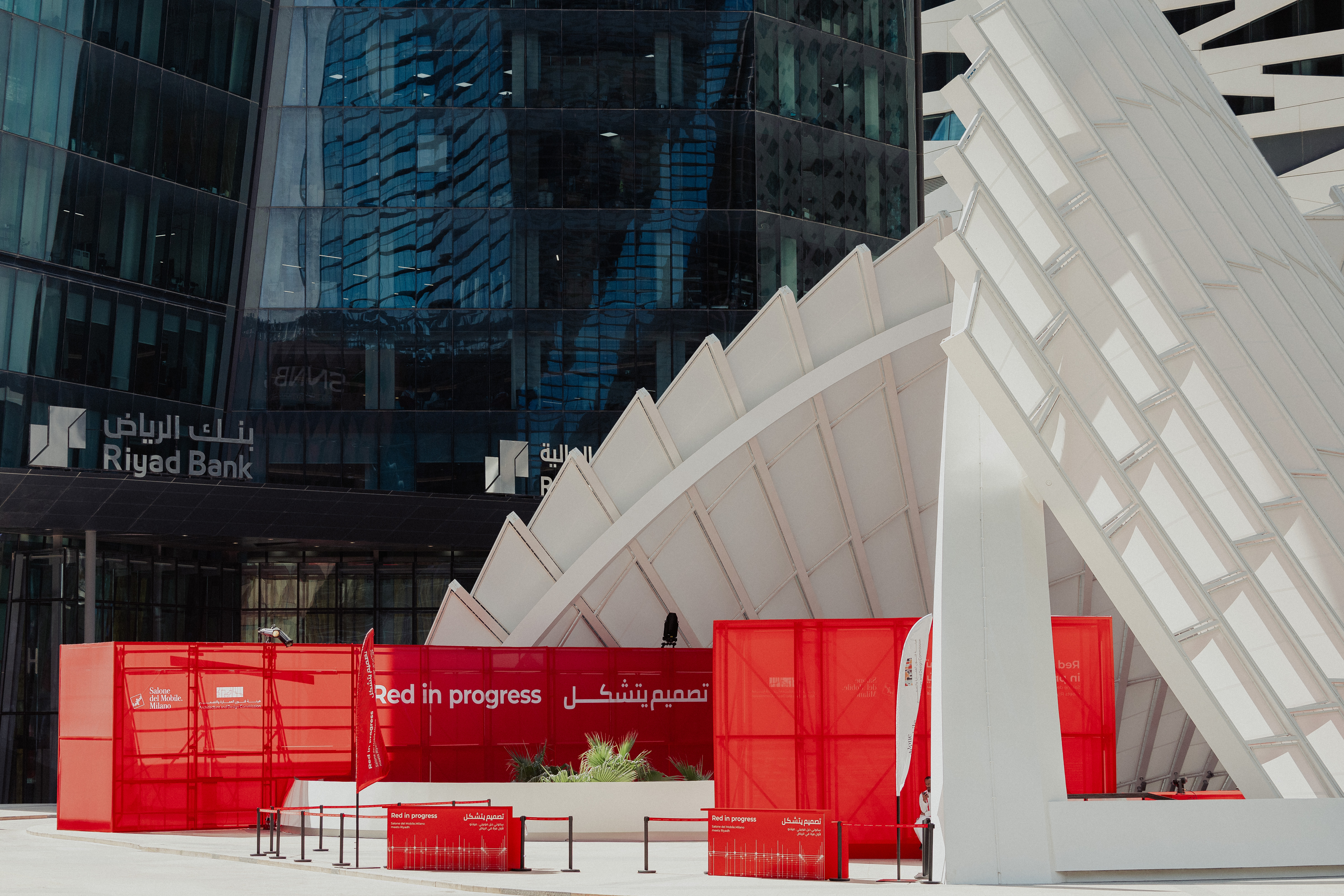 ‘Locally anchored and globally conversant’: Salone del Mobile debuts in Saudi Arabia
‘Locally anchored and globally conversant’: Salone del Mobile debuts in Saudi ArabiaSalone del Mobile lands in Riyadh (26-28 November 2025), bringing its creative and manufacturing know-how to one of the world’s fastest-growing markets and setting the stage for Italo-Saudi design relations
-
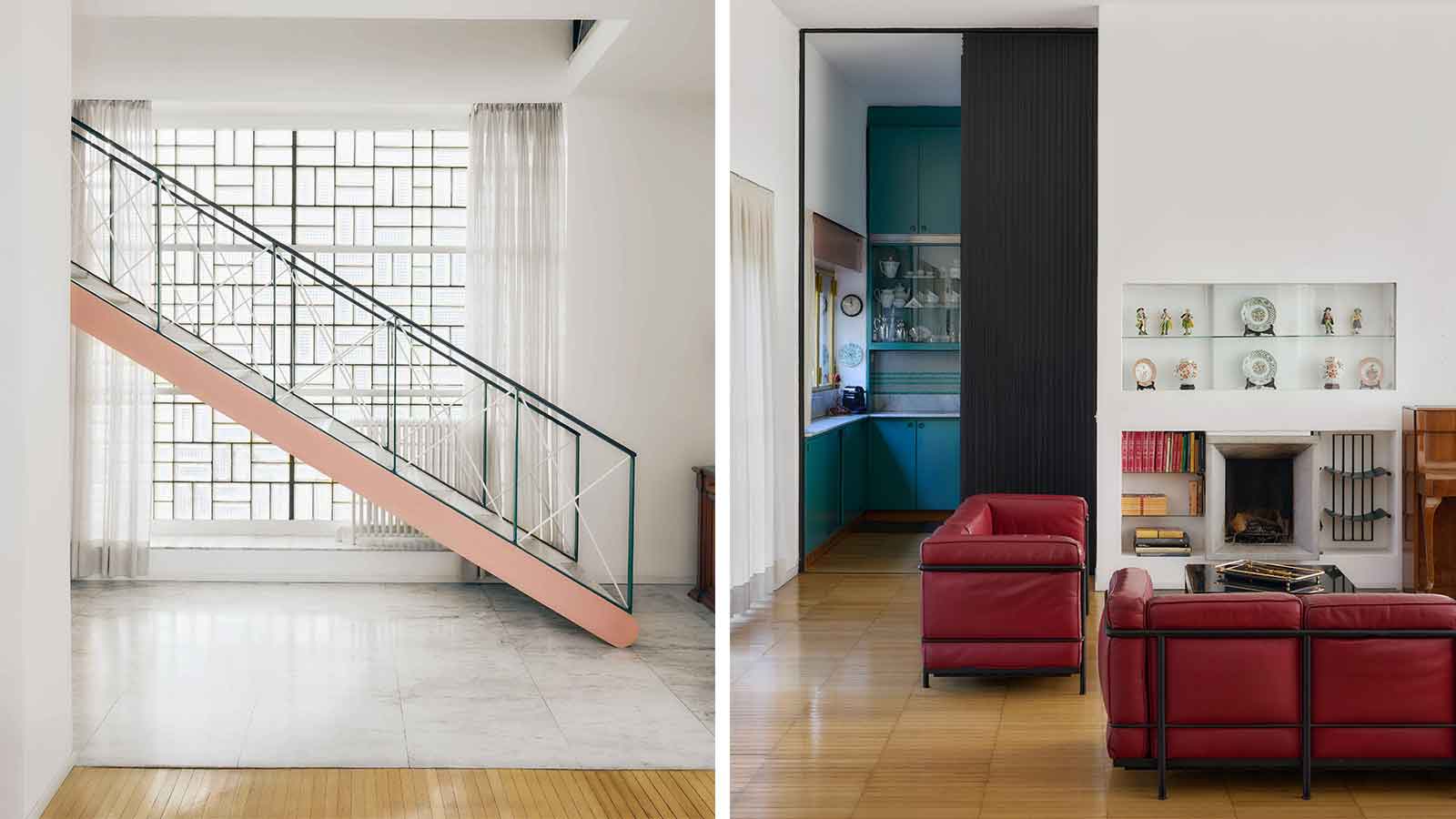 Alcova 2026 locations include a Rationalist gem and an abandoned church
Alcova 2026 locations include a Rationalist gem and an abandoned churchAlcova returns for an 11th edition in 2026 (20-26 April), once again opening up two exclusive Milanese locations, the Baggio Military Hospital and Franco Albini's Villa Pestarini
-
 Salone del Mobile 2026 will embrace collectible design with Salone Raritas
Salone del Mobile 2026 will embrace collectible design with Salone RaritasSalone del Mobile has Salone Raritas, a new exhibition space at the fair (21-26 April 2026), curated by Annalisa Rosso and designed by Formafantasma
-
 O Milano! Design's epic annual spectacle in photos
O Milano! Design's epic annual spectacle in photosCall us biased, but we believe that Milan Design Week is, at this moment in time, the greatest show on earth
-
 ‘Romantic brutalism’ rethinks Polish craft
‘Romantic brutalism’ rethinks Polish craftAn exhibition in Warsaw gives local makers their due, looking inside the burgeoning world of Polish design
-
 Eight designers to know from Rossana Orlandi Gallery’s Milan Design Week 2025 exhibition
Eight designers to know from Rossana Orlandi Gallery’s Milan Design Week 2025 exhibitionWallpaper’s highlights from the mega-exhibition at Rossana Orlandi Gallery include some of the most compelling names in design today
-
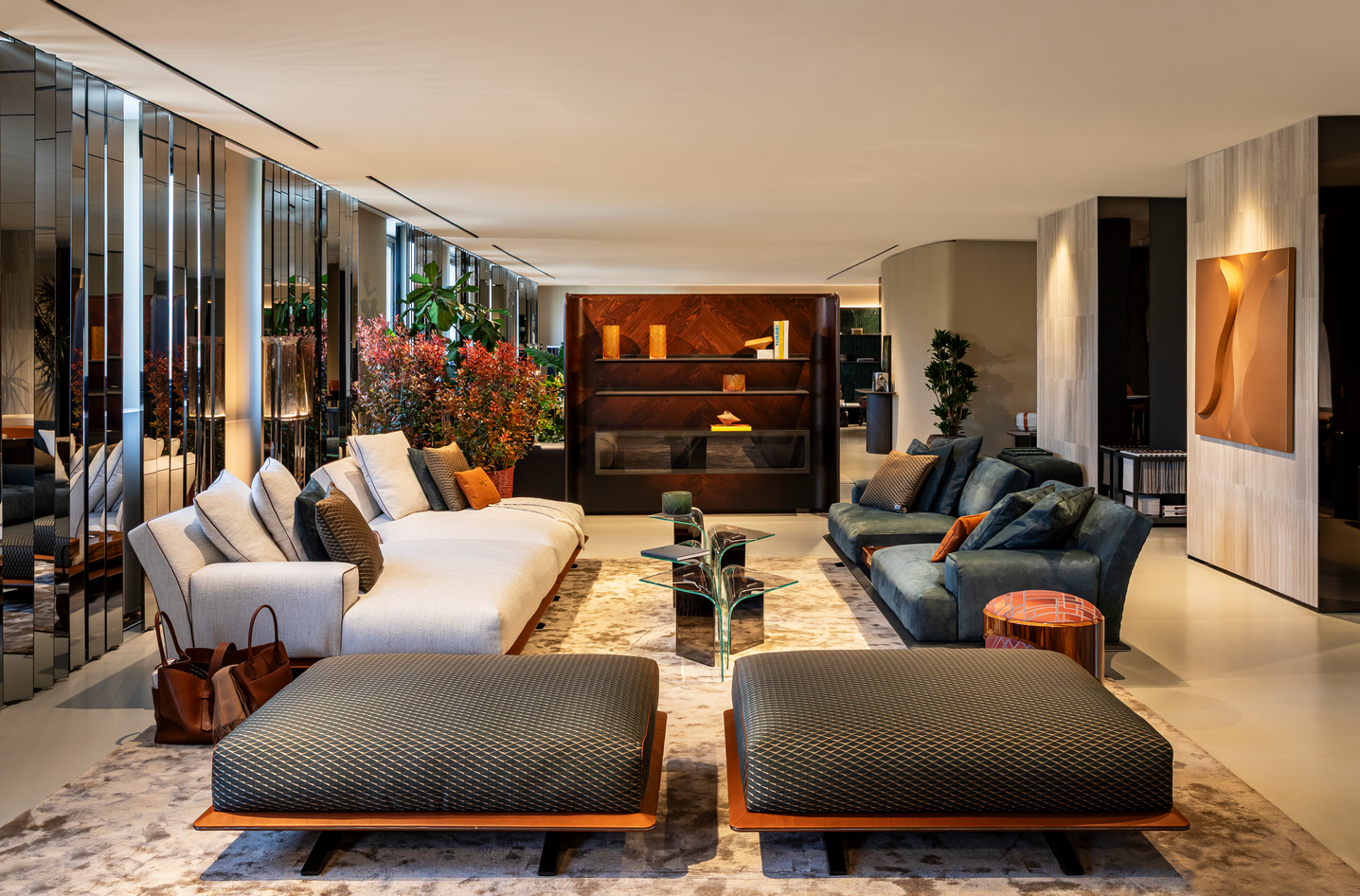 Bentley’s new home collections bring the ‘potency’ of its cars to Milan Design Week
Bentley’s new home collections bring the ‘potency’ of its cars to Milan Design WeekNew furniture, accessories and picnic pieces from Bentley Home take cues from the bold lines and smooth curves of Bentley Motors
-
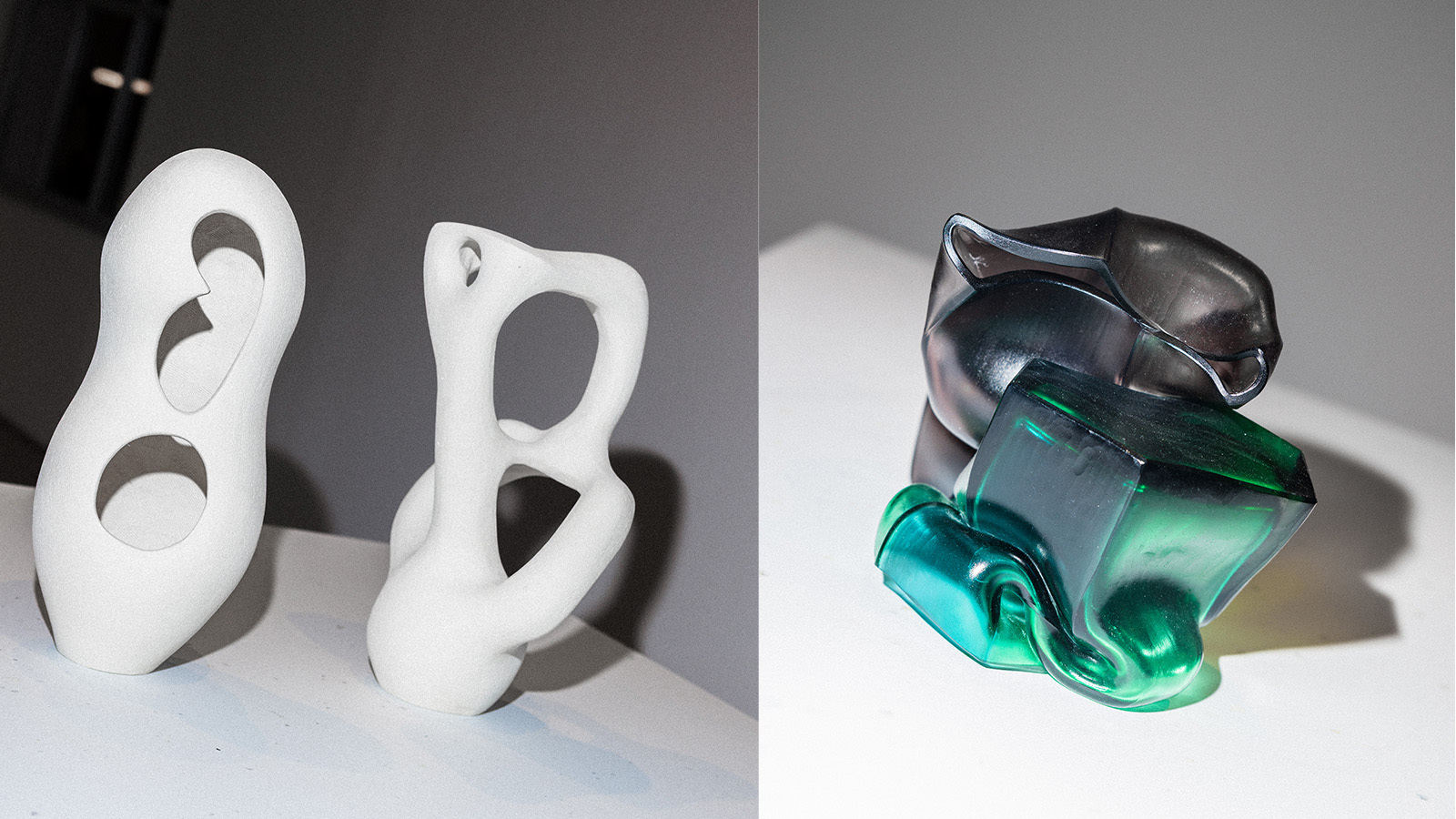 StoneX partners with Wallpaper* for material alchemy at Milan Design Week and beyond
StoneX partners with Wallpaper* for material alchemy at Milan Design Week and beyondThe natural stone purveyor teams up with Wallpaper* for a three-year partnership of material adventures, starting with an exhibition at Triennale di Milano